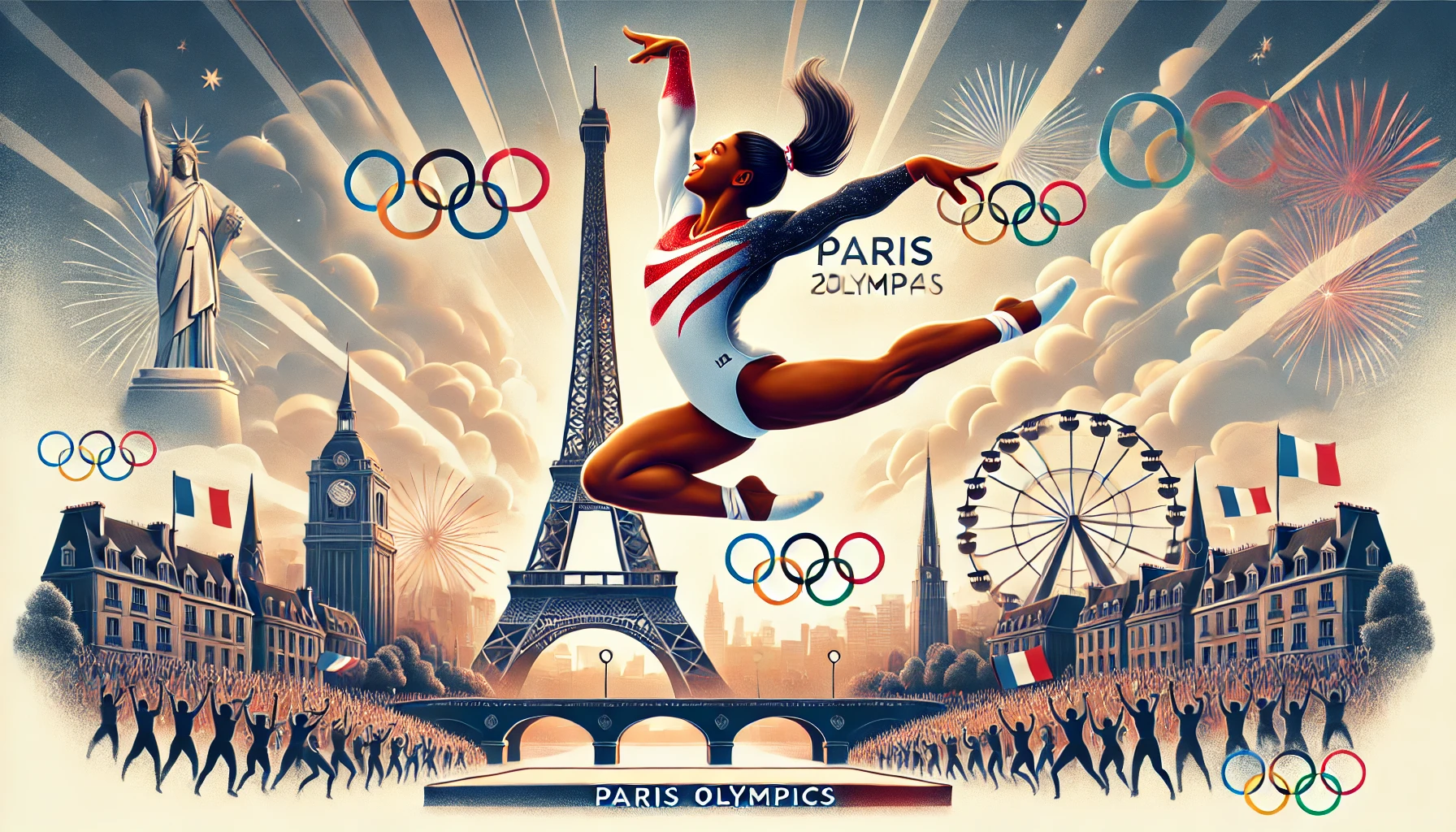The Olympic Games have always been a stage where legends are made, and the United States has produced some of the most iconic track stars in history. From stunning sprints to enduring marathons, these athletes have not only brought home gold but also inspired generations. Here, we celebrate the five greatest American men’s Olympic track stars whose achievements have left an indelible mark on the sport.
1. Jesse Owens
Olympic Appearances: 1936 Berlin
Medals: 4 Gold (100m, 200m, Long Jump, 4x100m Relay)
Jesse Owens is perhaps the most legendary track athlete in Olympic history. His performance at the 1936 Berlin Olympics, held in Nazi Germany, was nothing short of historic. Owens won four gold medals, dispelling Adolf Hitler’s myth of Aryan supremacy. His victory in the long jump, with a leap of 8.06 meters, stood as an Olympic record for 24 years. Owens’ dominance in the sprint events and his grace under immense pressure make him a timeless icon in track and field.
2. Carl Lewis
Olympic Appearances: 1984 Los Angeles, 1988 Seoul, 1992 Barcelona, 1996 Atlanta
Medals: 9 Gold (100m, 200m, Long Jump, 4x100m Relay), 1 Silver (200m)
Carl Lewis is a name synonymous with track and field excellence. Over four Olympic Games, Lewis showcased his versatility and endurance, amassing nine gold medals and one silver. His ability to dominate both sprinting and the long jump is unparalleled. At the 1984 Los Angeles Olympics, Lewis matched Jesse Owens’ feat by winning four gold medals in the same events. His longevity and consistency in a highly competitive sport cements his legacy as one of the greatest athletes of all time.
3. Michael Johnson
Olympic Appearances: 1992 Barcelona, 1996 Atlanta, 2000 Sydney
Medals: 4 Gold (200m, 400m, 4x400m Relay)
Michael Johnson redefined speed and power in the 200m and 400m events. Known for his unique upright running style, Johnson’s crowning moment came at the 1996 Atlanta Olympics, where he won gold in both the 200m and 400m, setting world records in both events. His 200m world record of 19.32 seconds stood for 12 years. Johnson’s combination of speed, strength, and technique has made him a benchmark for sprinters worldwide.
4. Ray Ewry
Olympic Appearances: 1900 Paris, 1904 St. Louis, 1906 Athens, 1908 London
Medals: 10 Gold (Standing Long Jump, Standing High Jump, Standing Triple Jump)
Ray Ewry’s achievements might not be as well-known today, but his dominance in the early 20th century is unmatched. Competing in events that are no longer part of the modern Olympics (standing jumps), Ewry won an astonishing 10 gold medals across four Olympic Games. Overcoming polio as a child, Ewry’s story is one of incredible determination and resilience. His record of consecutive gold medals in individual events stood for nearly a century.
5. Al Oerter
Olympic Appearances: 1956 Melbourne, 1960 Rome, 1964 Tokyo, 1968 Mexico City
Medals: 4 Gold (Discus Throw)
Al Oerter is one of the most successful discus throwers in Olympic history. He won gold in four consecutive Olympics, an achievement that showcases his incredible skill and consistency. Oerter’s ability to perform under pressure was legendary, often setting personal bests in the finals of major competitions. His dominance in the discus throw and his sportsmanship have made him an enduring figure in the world of athletics.
Honorable Mentions
While these five athletes have left a lasting legacy, other American track stars also deserve recognition. Athletes like Bob Beamon, with his groundbreaking long jump in 1968, and Edwin Moses, with his unbeaten streak in the 400m hurdles, have also made significant contributions to the sport.
—
The contributions of these American men’s Olympic track stars go beyond their medal counts. They have inspired countless athletes and fans, pushing the limits of human performance and exemplifying the Olympic spirit. Their legacies continue to influence the sport, reminding us of the incredible feats that can be achieved with dedication, talent, and perseverance.
These athletes are not just champions; they are legends whose stories will be told for generations to come.






